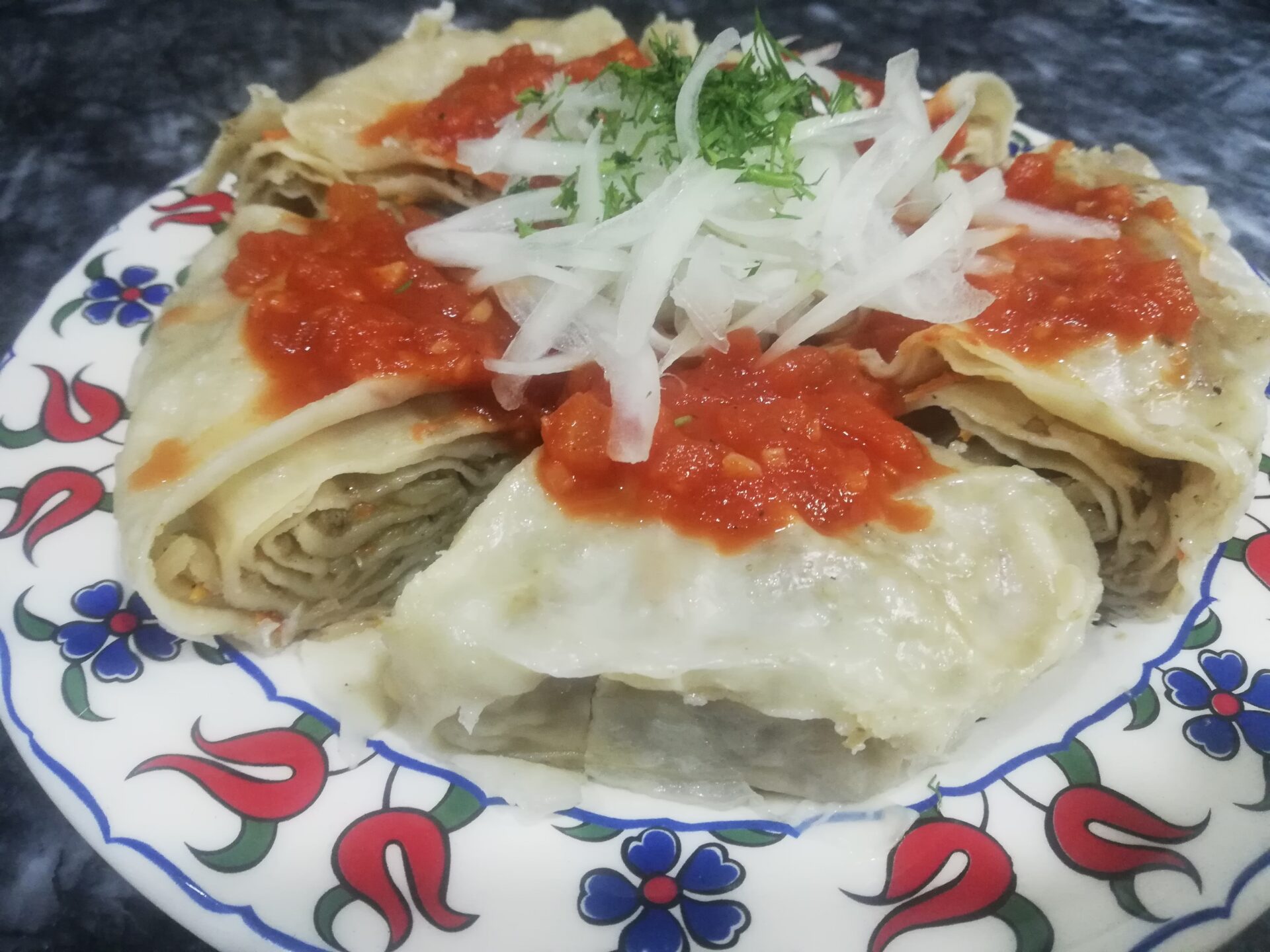Chapli Kebab Inspired Veggie Burgers
Chapli Kebab Inspired Veggie Burgers, offer a flavourful and hearty spin on the traditional Chapli Kebab, a beloved meat dish from the Pashtun regions of Pakistan and Afghanistan. These kebabs, typically known for their bold spices and crispy texture, are given a twist by incorporating vegetables like onions, peppers, carrots, and sometimes sweetcorn into the meat mix.
View RecipeLoaded Potato Halves
This is a nice side dish or addition to a selection of savouries. It's proved popular with my kids and can accompany a picnic menu or lunch box. A great finger food that can be eaten with minimal mess! You can easily replace the filling with any of your family favourites, add or take away any ingredient or even keep the potato skins if you prefer.
View RecipeLoaded Potato Halves
This is a nice side dish or addition to a selection of savouries. It's proved popular with my kids and can accompany a picnic menu or lunch box. A great finger food that can be eaten with minimal mess! You can easily replace the filling with any of your family favourites, add or take away any ingredient or even keep the potato skins if you prefer.
View RecipeUzbek Open Samosa Recipe
Ochiq Meat Samsa is an open-style samosa, the word "Ochiq" translates to "open" in Uzbek, reflecting the unique nature of these savoury pastries that draw inspiration from the culinary heritage of Russia, Ukraine, and Poland. These delectable pastries are reminiscent of Eastern European Piroshki that can be oven-baked or fried. However, Uzbek Ochiq Samsa is usually filled with meat and onion that boasts a soft and juicy texture setting it apart from Piroshki which is made with versatile fillings that could be savoury or sweet. Whether you're a fan of classic Uzbek Samsa or Eastern European Piroshki, these Ochiq Samsas promise satisfaction.
View RecipeUzbek Open Samosa Recipe
Ochiq Meat Samsa is an open-style samosa, the word "Ochiq" translates to "open" in Uzbek, reflecting the unique nature of these savoury pastries that draw inspiration from the culinary heritage of Russia, Ukraine, and Poland. These delectable pastries are reminiscent of Eastern European Piroshki that can be oven-baked or fried. However, Uzbek Ochiq Samsa is usually filled with meat and onion that boasts a soft and juicy texture setting it apart from Piroshki which is made with versatile fillings that could be savoury or sweet. Whether you're a fan of classic Uzbek Samsa or Eastern European Piroshki, these Ochiq Samsas promise satisfaction.
View RecipeAuthentic Uzbek Hanum Recipe
Hanum, also spelt as khanum, khanym, or hanon, represents more than just a culinary name. In the Fergana Valley, it goes by the name urama, translating to "bundle" or "wrapped," reminiscent of the cooking method of Uzbek hanum. Interestingly, the term hanum translates to Madam in English. While Uzbek hanum shares similarities with the familiar manti in terms of stuffing and cooking techniques, it stands as a distinct and original dish. Some may informally refer to it as "lazy manti," yet the diligent preparation required for hanum debunks this notion. This Recipe will give you 2 Hanums, each giving you 10 portions. We are a family of 5 and we usually have 2 portions each 😉
View RecipeLoaded Potato Halves
This is a nice side dish or addition to a selection of savouries. It's proved popular with my kids and can accompany a picnic menu or lunch box. A great finger food that can be eaten with minimal mess! You can easily replace the filling with any of your family favourites, add or take away any ingredient or even keep the potato skins if you prefer.
View RecipeAuthentic Uzbek Hanum Recipe
Hanum, also spelt as khanum, khanym, or hanon, represents more than just a culinary name. In the Fergana Valley, it goes by the name urama, translating to "bundle" or "wrapped," reminiscent of the cooking method of Uzbek hanum. Interestingly, the term hanum translates to Madam in English. While Uzbek hanum shares similarities with the familiar manti in terms of stuffing and cooking techniques, it stands as a distinct and original dish. Some may informally refer to it as "lazy manti," yet the diligent preparation required for hanum debunks this notion. This Recipe will give you 2 Hanums, each giving you 10 portions. We are a family of 5 and we usually have 2 portions each 😉
View RecipeAuthentic Uzbek Hanum Recipe
Hanum, also spelt as khanum, khanym, or hanon, represents more than just a culinary name. In the Fergana Valley, it goes by the name urama, translating to "bundle" or "wrapped," reminiscent of the cooking method of Uzbek hanum. Interestingly, the term hanum translates to Madam in English. While Uzbek hanum shares similarities with the familiar manti in terms of stuffing and cooking techniques, it stands as a distinct and original dish. Some may informally refer to it as "lazy manti," yet the diligent preparation required for hanum debunks this notion. This Recipe will give you 2 Hanums, each giving you 10 portions. We are a family of 5 and we usually have 2 portions each 😉
View RecipeChapli Kebab Inspired Veggie Burgers
Chapli Kebab Inspired Veggie Burgers, offer a flavourful and hearty spin on the traditional Chapli Kebab, a beloved meat dish from the Pashtun regions of Pakistan and Afghanistan. These kebabs, typically known for their bold spices and crispy texture, are given a twist by incorporating vegetables like onions, peppers, carrots, and sometimes sweetcorn into the meat mix.
View Recipe


